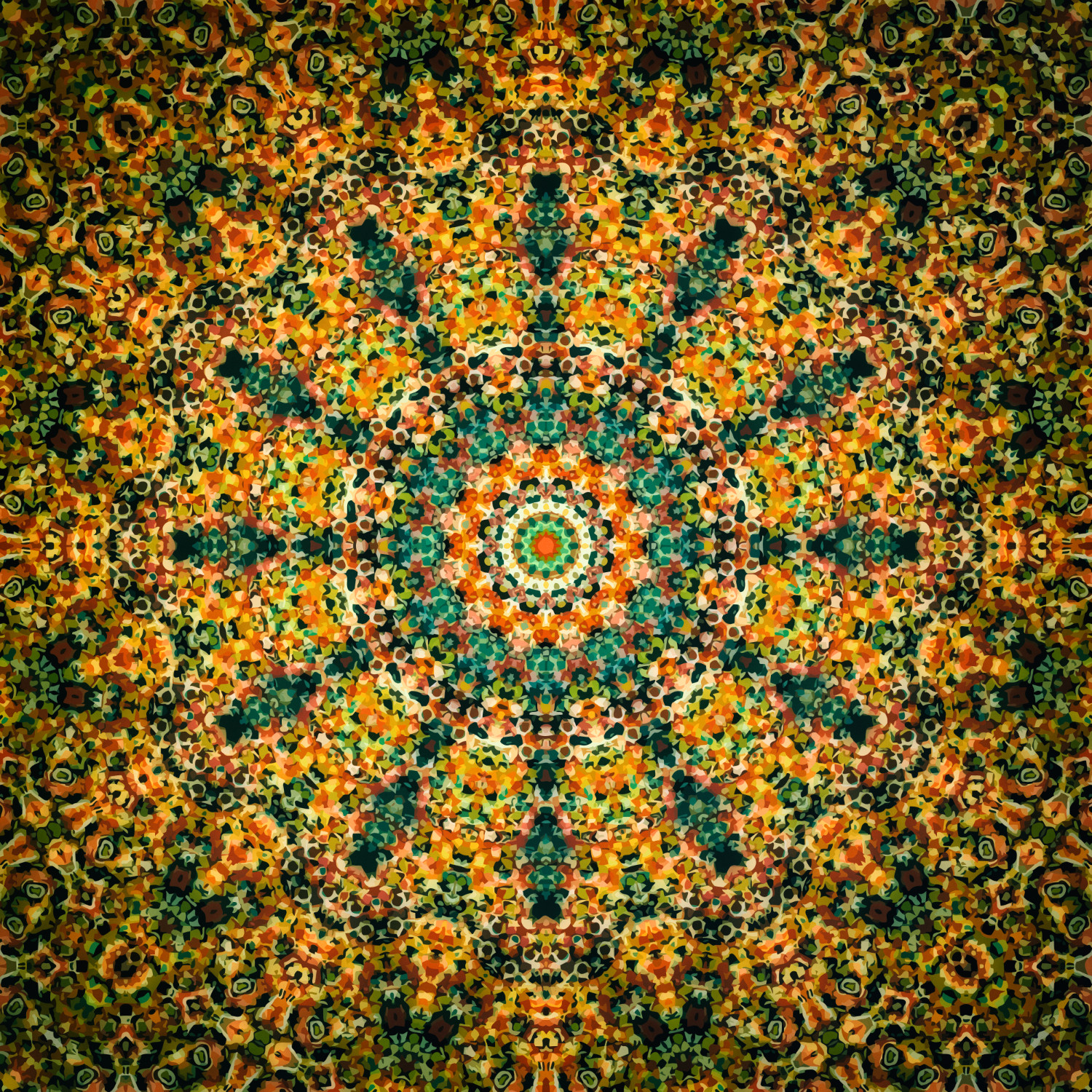
Piano · Strings · Woodwind
The first gardens were made in Italy, enclosed planted spaces created close to dwellings.
I ponder on what defines a garden, the gardener, on our need and love of gardens, and my experience of them, near and far.
•
Garden: an area, large or small, dedicated to the cultivation, care, and presentation of plants, soil, stone, and other natural and fabricated objects. A garden is initially made with purpose, however it may take on a life of its own.
Gardens are usually situated in the open air, but they may also exist under cover and indoors.
Gardens include one or all of the following and exhibit constant change, most often as a result of climate, the time of day, and weather: stones, herbs, fruits, flowers, shrubs, trees, and vegetables.
Gardens include a myriad of creatures that live beneath, upon, and above its surface.
•
The idea of a garden is complex, yet it is so easily experienced...
A garden may be a place to grow food and resources for human use. It is equally a place for living where beauty and nature are experienced. A place to enjoy where the intellect and the spirit feel free to roam. It can be a place of peace, reflection, sanctuary, and memory. A place of meeting. A place to be alone.
There are formal gardens that have a social function and whose purpose is to impress, and there are gardens that are left unattended for wild flowers and nature to re-impose itself.
A garden can be a place to relax, think, meditate, and enjoy nature. Its elements of life and climate constantly transform it. Although humans may plant and position some of its features, the garden always shows its own independence of life and change.
•
The Gardener and Art
Art has no obvious practical use like a building, food, tableware, or a garden. While art might share some of the elements that are used in craft, architecture, and design, art's purpose affects the senses and has aesthetic, narrative, symbolic, and metaphorical significance, rather than any functional use.
Art is meaningful, whereas a garden simply is.
The gardener is a custodian of living things within a garden's boundary. Within the garden community the gardener is its most powerful figure as they work and make judgments about how to keep the garden at its best.
The gardener need not concern themselves with conscious expression nor thought about their garden other than what is practically useful. They work with the materials of nature, and might be considered similar to a potter, an architect, or a cook whose focus is functional, aesthetic, or both.
Gardening may be practical and creative, but the gardener does not create art. Gardening is a skill of the hand, a craft. It may include design when thought is given to its planning, but like the designer, gardening is essentially a practical activity.
Practical: doing or using rather than theoretical or imaginative.
It might be tempting to think of the gardener as an artist. After all, they may make choices about materials, colour, texture, composition, and outcomes. Despite this I do not view the garden as art because it is a collection of living things. A zoo is not art...
As someone who enters a garden as a guest, you may simply enjoy being in an environment that connects you with nature. Part of the pleasure of being in a garden and gardening is to feel a connection with the earth, its minerals, plants, and life. Although beauty is a common experience in gardens, what is beautiful in a garden arises from life, rather than an originator as it does with art.
•
My experience of a garden is physical, emotional, spiritual, intellectual, and meditative.
Two gardens have shaped me. The garden where I live in Southern England, and a garden in Tuscany, Italy where I spent three months in late summer and autumn thirty years ago.
My garden spreads out like a fan with hornbeam hedge, shrubs, and high full-bodied ash, sycamore, holly, beach, oak, plum and cherry along its three sides. The soil is rich, the grass, lush. Countless flowers come and go through the seasons. Bees, wasps, hornets, dragonfly, ladybirds, butterflies, moths, and innumerable other insects and invertebrates live here. Blackbirds, thrush, robin, wrens, sparrows, many species of tit, goldfinch, woodpecker, ducks, sparrow hawk, red kite, and buzzard have all visited this place, and cats, dogs, fox, and hedgehogs have at one point or another walked here. I stand in this garden every day and find something entirely new, changed, and beautiful. It is a place I feel one of many, yet without the complexity of social interaction. In truth I love any garden rich with life.
Tuscany offers the most beautiful landscapes I have ever experienced. My greatest pleasure in a garden was to help care for vegetables, fruit, and nuts with the most generous soul I have met. I shared without need of words and felt a profound sense of belonging with nature, and with another. I loved in that garden of my heart. I have walked in Yosemite National Park, Crossed the Swiss and Austrian Alps, Flown over the Himalayas, stood in the middle of The Ring of Brodgar in Orkney, but none or any of my experiences have come close to the love I continue to hold for the modest garden in Italy I helped tend thirty years ago.
•
Music is whatever you feel it to be.
As I composed the music Il Giardino I felt myself to be with a garden, its slow tempered growth, its gentleness, its incessant intertwining life, its broad scope, and its quiet certainty. It is a place I have loved and long to share again.
•
The visual elements are full with colour and life, with sun, water, flower, earth, and leaf. As rose stained glass panel, a holy place where nature, full and beautiful bestows...
. . .
